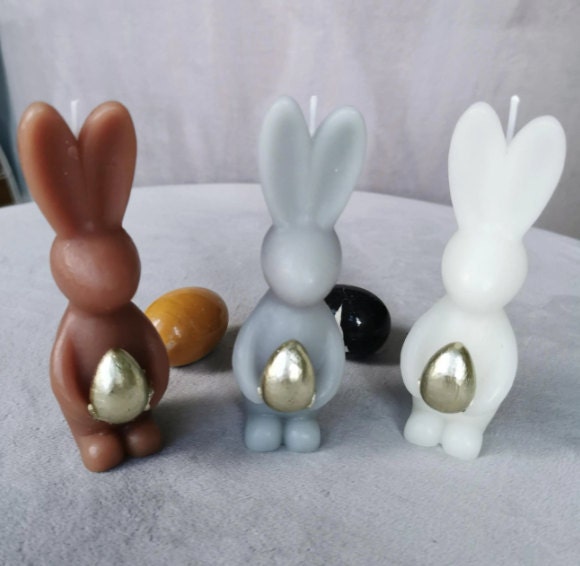Ostara and Easter, though originating from different religious and cultural backgrounds, share remarkable similarities in their symbolism and traditions. Both holidays celebrate themes of rebirth, fertility, and the triumph of light over darkness. While Easter has become a major Christian festival, it retains many elements of ancient spring rituals that date back to pagan times.Today, both holidays continue to be observed in various ways, reflecting the diverse beliefs and traditions of people around the world. Whether through religious services, nature-based rituals, or family gatherings, the arrival of spring remains a time of joy, renewal, and celebration.
Ostara is a pagan festival that marks the spring equinox, typically occurring around March 20th or 21st in the Northern Hemisphere. Named after the Germanic goddess Eostre (or Ostara), this festival was historically linked to fertility, agriculture, and the balance between light and darkness. The equinox represents a time when day and night are equal in length, symbolizing harmony and transition from winter to spring.
The Anglo-Saxon monk Bede, writing in the 8th century, mentioned that the month of April was once called "Eosturmonath" in honor of the goddess Eostre. Though there is limited historical evidence of widespread worship of Eostre, the idea of a goddess connected to spring and fertility has persisted in folklore and modern pagan traditions. Many Wiccans and neo-pagans today observe Ostara as part of the Wheel of the Year, a cycle of eight seasonal festivals.
Easter, the most significant celebration in Christianity, commemorates the resurrection of Jesus Christ three days after his crucifixion. The holiday's date varies each year, as it is based on the lunar calendar, typically falling on the first Sunday after the first full moon following the vernal equinox.The early Christian Church sought to align its celebrations with existing pagan festivals to facilitate the spread of Christianity. As a result, elements of Ostara and other spring fertility festivals were absorbed into Easter traditions. The name "Easter" itself may have derived from Eostre, though some scholars argue that it stems from other linguistic roots related to dawn and rebirth.
Both Ostara and Easter incorporate symbols that represent fertility, renewal, and new beginnings. Some of the most recognizable elements include eggs, rabbits, and flowers.
Eggs have long been associated with fertility and the cycle of life. In many ancient cultures, eggs symbolized creation and rebirth. Pagans would decorate eggs to honor the renewal of life in spring. Similarly, Easter eggs have become a central part of modern Christian celebrations, often dyed in bright colors and used in egg hunts.
The hare, a creature associated with fertility and rapid reproduction, was linked to Eostre in some legends. Over time, this connection evolved into the Easter Bunny, a figure who brings eggs and gifts to children on Easter morning. The tradition of the Easter Bunny likely developed in Germany before spreading to other parts of Europe and North America.
Flowers such as daffodils, lilies, and tulips are commonly associated with both Ostara and Easter. These bright blooms symbolize new life, beauty, and the triumph of warmth over the cold grip of winter. Pagans would decorate altars with fresh flowers, while Christians use lilies to represent purity and Christ’s resurrection.
In modern days, Ostara is celebrated by Wiccans, neo-pagans, and other spiritual practitioners who follow nature-based religions. Rituals often include planting seeds, meditating on balance and renewal, and honoring the changing seasons. Many pagans hold feasts, decorate eggs, and engage in outdoor activities to connect with nature.
Some common Ostara traditions include:
- Lighting candles to symbolize the return of the sun
- Performing rituals that focus on fertility and growth
- Setting up altars with seasonal elements like eggs, flowers, and animal figurines
- Going on nature walks to observe the changes in the environment.
Easter remains a significant religious holiday for Christians, marked by church services, feasts, and joyous celebrations. The holiday begins with Lent, a 40-day period of fasting and reflection leading up to Holy Week, which includes Good Friday (commemorating Christ’s crucifixion) and Easter Sunday (celebrating his resurrection).
Secular celebrations of Easter have become widespread, particularly in Western cultures. Many families participate in activities such as:
- Easter egg hunts and egg decorating
- The Easter Bunny bringing baskets of treats to children
- Feasting on traditional Easter foods like ham, lamb, and hot cross buns
- Wearing new clothes, especially pastel colors, as a symbol of renewal


